Cozzo Busonè (see photo 1) is a hill on the border between the municipality of Raffadali and Agrigento.
Here a necropolis was found with many oven tombs and two large chamber tombs, inside which stone and ceramic artefacts were found. Burials in artificial caves have also been found among the most archaic in the Agrigento area (post-Neolithic period, XNUMXth-XNUMXth century BC), in which, on compact layers of ocher with remains of human bones, there were materials pertaining to the faces of San Cono – Piano Notaro (initial Eneolithic, second half IV – first half III millennium BC) such as lithic blades, millstones, pestles and spindle whorls (see photo 2), as well as ceramics from S. Angelo Muxaro (attributable to the Iron Age ).
Near the burials, in the bottom of votive wells where offerings to the dead were kept, the two so-called Venuses of Busonè were found, two splendid female statuettes inexplicably almost completely ignored by archaeologists, now kept in the Regional Archaeological Museum of Agrigento.
The practice of inserting votive statuettes in sacrificial wells has precise comparisons in the Anatolian Neolithic environment; votive wells in a necropolis suggest that the pebbles may have had the task of accompanying the dead to the afterlife; we can also imagine the two female figures in connection with a funeral cult of the ancestors.
The first statuette (see photo 3) was found in well B16 next to tomb B17, inside which the person buried was in a crouched position, in the presence of considerable quantities of ocher (and humus) - see photo 4. The second (see photo 5), smaller, comes from the votive well linked to tomb E, found on the northwest slope of the Cozzo.
The two statuettes (see photo 6) were created from naturally smooth river pebbles which were worked on by abrasion, hammering and incision, producing porous surfaces on which to fix the ocher of which evident traces still remain; the imprinted lines, obtained through a light and skilful hammering of the pebble, draw – synthetically but effectively – the anatomy of the female body: the head, the breasts, the belly with the navel, the pubic triangle, the thighs.
"A light covering with red ocher further emphasizes the parts giving the statuettes a marked sense of volume [...]. Apart from their artistic value, the two 'venuses' indicate the persistence of the cult of the 'dea mater' in Sicily until well into the metal age” (S. Tusa, 1999). Bianchini places the Busoné statuettes in affinity with Gravetti's 'Venuses'. The particular shape of the pebbles, however, leads it to an androgynous interpretation: other Paleolithic female statuettes show a possible phallic symbolism (see the file on the 'Venus' of Trasimeno and the sculpted pebbles of the Shaar Hagolan site in Israel - see fig. 7 ).
According to Gimbutas "… in Old Europe the phallus is far from being the obscene symbol it is today. Rather it is akin to that lingam still present in India: a sacred cosmic pillar inherited from the Neolithic civilization of the Indus Valley. One of the first representations of the genre in Europe is constituted by the fusion of the phallus with the divine body of the Goddess, which appears starting from the upper Paleolithic. Some 'Venuses' of this period have phallic heads without any facial features. They have been found in Savignano and on Lake Trasimeno in northern Italy (attributed to the Gravettian), in the Weinberg cave in Mauern, Bavaria (Upper Perigordian or Gravettian) and in Placard, in the Charente region, France (Magdalenian I-II)” (M. Gimbutas, 2008), see figs. 8 and 9.
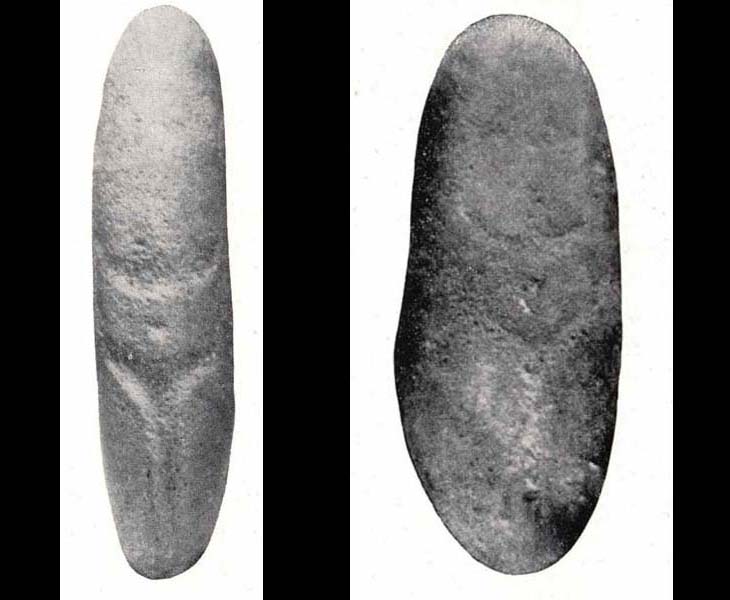


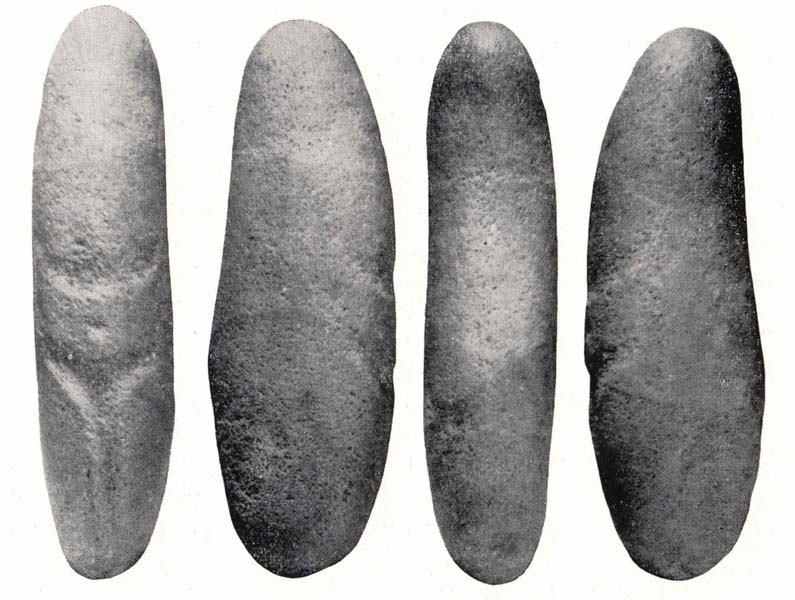
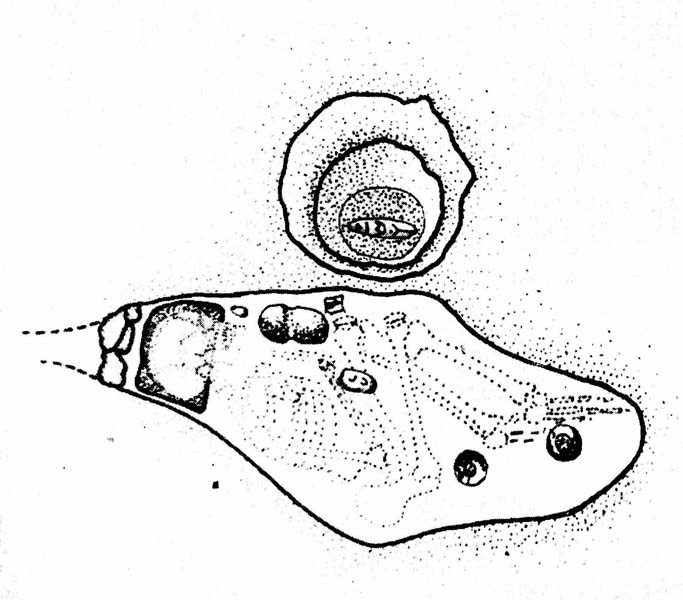
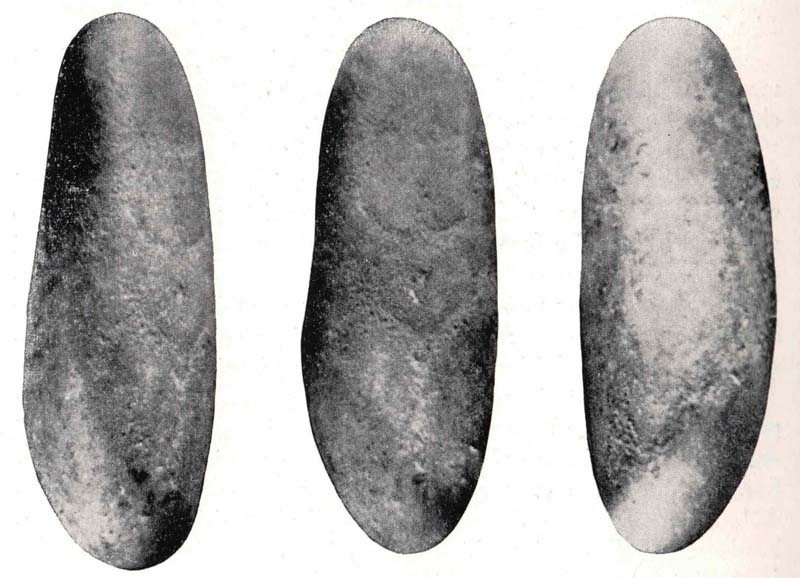
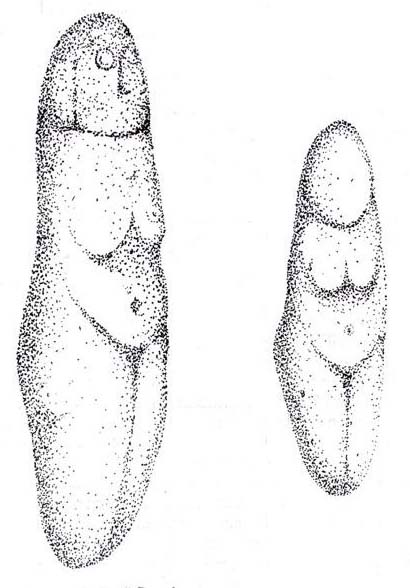

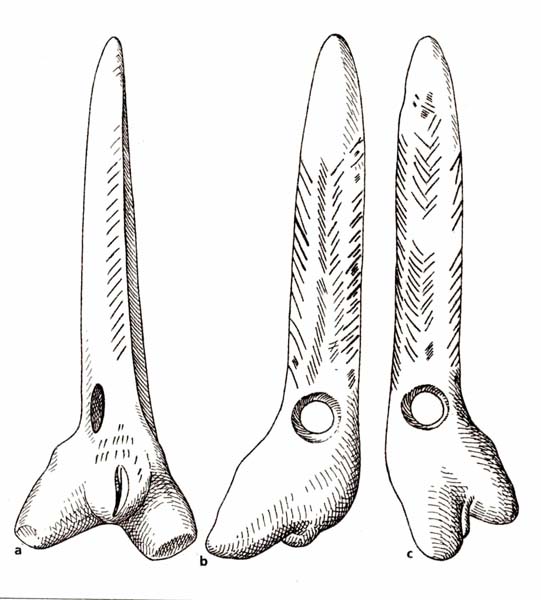
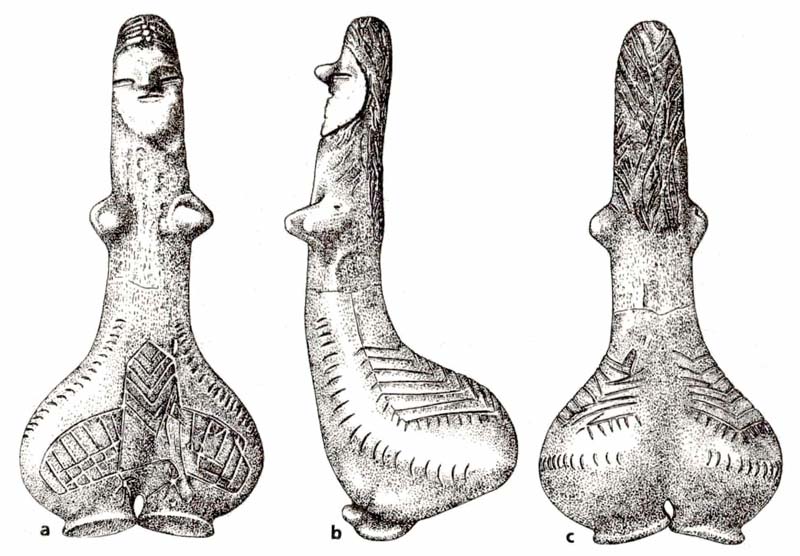
Historical notes
The tombs, found following an excavation campaign in 1967, were very badly preserved, partly due to natural erosion, partly due to clandestine excavators looking for a legendary treasure. In fact, a legend is linked to this mountain - which is handed down orally - according to which, inside the rock, an immense treasure would be found: every seven years, at midnight, the mountain opens up revealing riches of all kinds inside gold coins, during a 'fair' in which everything purchased would be transformed, after the purchase, into gold (G. Bianchini, 1968).
CARD
LATEST PUBLISHED TEXTS
VISIT THE FACTSHEETS BY OBJECT

